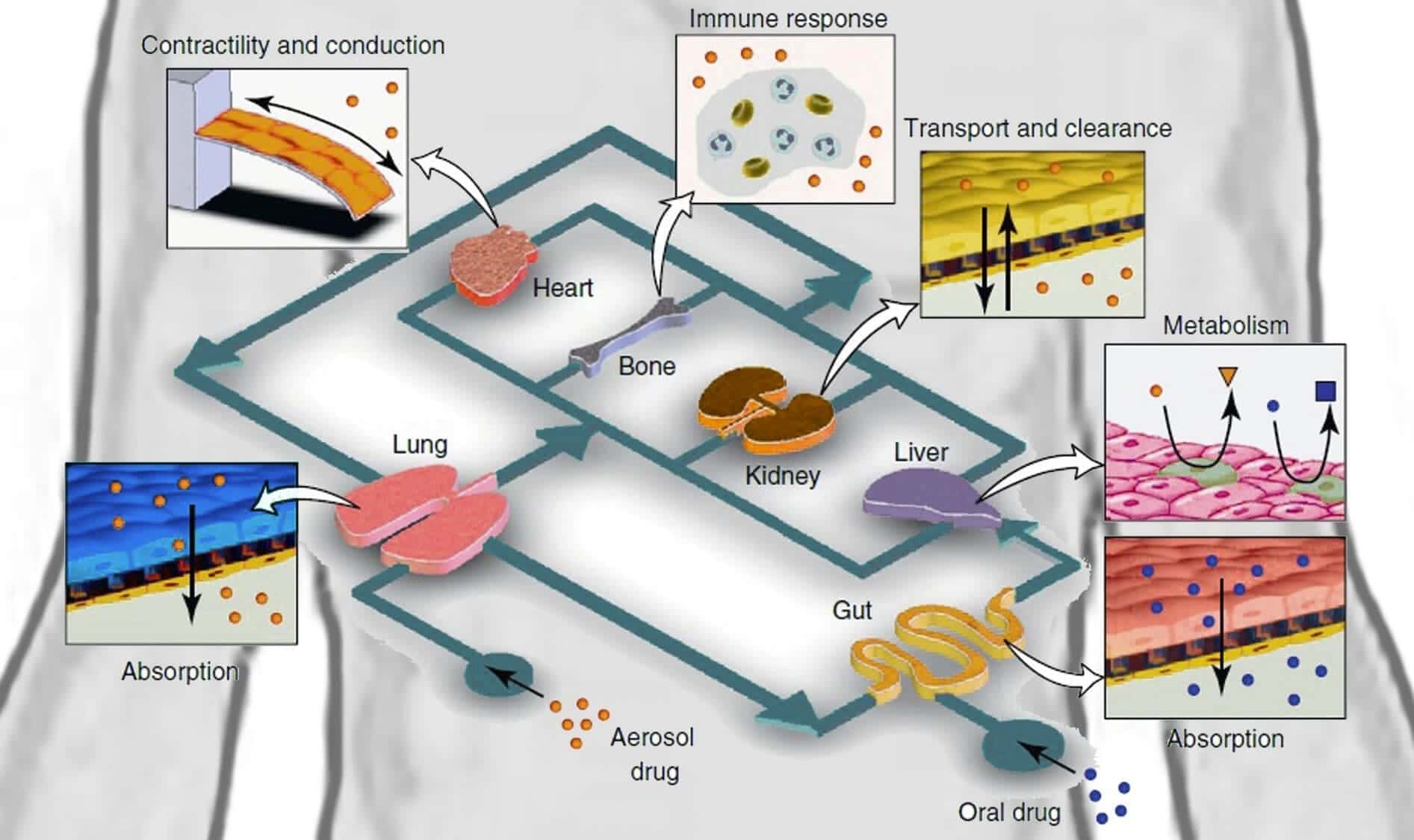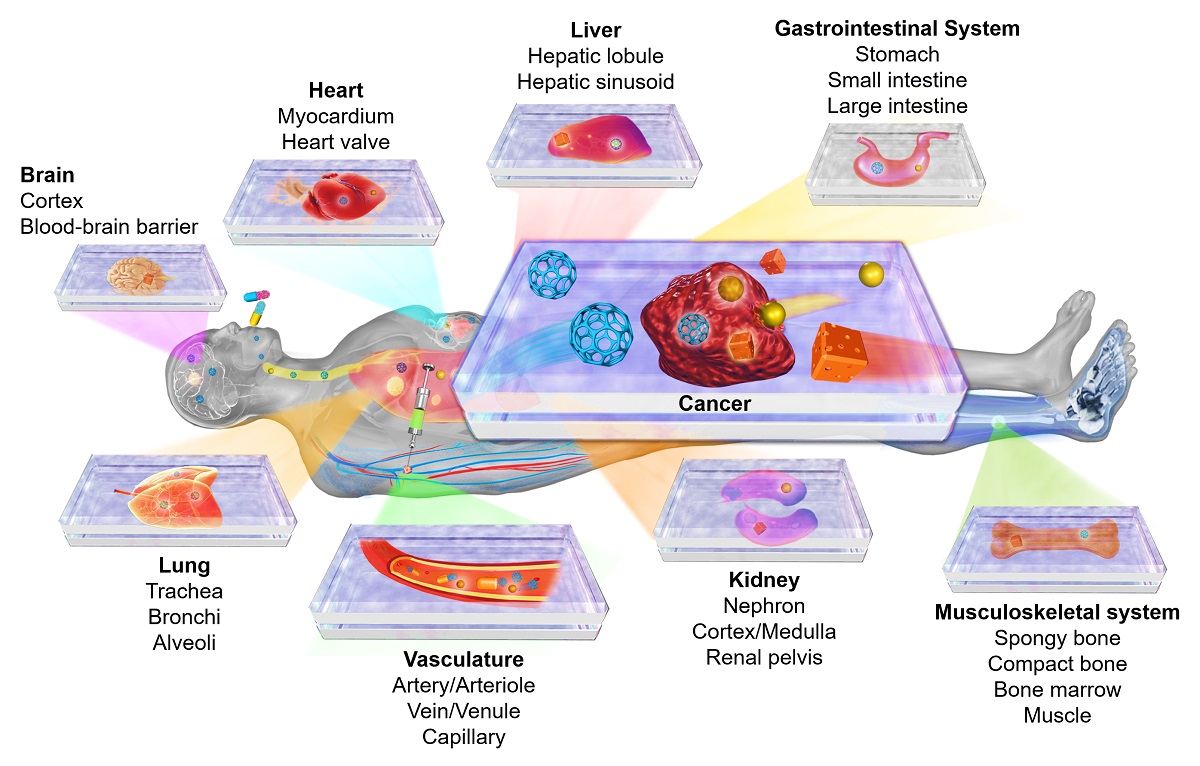Organ-on-a-Chip Technology: Simulating Human Organs to Improve Drug Testing and Development.

Technology has always been a huge factor in advancing the field of medicine. The latest breakthroughs have led to the development of new and innovative ways of studying human organs. One such technology is the “organ-on-a-chip”. It is a system that allows scientists to study the human body more closely by replicating the functions of human organs with microfluidic chips.
The Spectrum of Model Systems on “Organs-on-a-Chip”
“Organs-on-a-chip” is a technology that is being used to develop model systems for studying various organs. These chips are being used to study the functions of organs such as the heart, lungs, liver, and even the human brain.

Recent Research Breakthroughs in Lung-on-Chip Technology
One of the most recent breakthroughs in “organs-on-a-chip” technology is the development of the lung-on-chip. This technology replicates the functions of the human lungs on a microfluidic chip. It allows scientists to study the effects of drugs and other substances on the lungs in a controlled environment without having to use live human subjects.

Human Organs-on-Chip to Help Scientists See What Happens to the Body
Another application of “organs-on-a-chip” is for studying the effects of diseases and treatments on the human body. Scientists can use these chips to create models of human organs, expose them to different conditions, and study the effects of various treatments on them. This allows them to gain a better understanding of how the human body works, and to develop new treatments for diseases.

Personalizing Medicine with the Organ-on-a-Chip Technology: Where Do We Stand?
The ability to develop personalized medicine is another important application of “organs-on-a-chip” technology. Researchers can use these chips to create a model of a patient’s organs and study the effects of different treatments on them. This allows physicians to personalize treatments for individual patients, increasing the chances of success.

Abstract
The “organs-on-a-chip” technology is a powerful tool for studying human organs and their functions. It allows scientists to replicate human organs on microfluidic chips, enabling them to study the effects of different conditions, diseases, and treatments on them. With this technology, scientists can develop personalized treatments for individual patients, increasing the chances of success.
Introduction
The development of “organs-on-a-chip” technology has opened up a new frontier in the field of medicine. This technology allows scientists to study the functions of human organs in a way that was not possible before. The use of microfluidic chips to replicate human organs allows researchers to control the environment that the organs are exposed to and study their reactions. This technology has the potential to revolutionize the field of medicine in many different ways, from developing new treatments for diseases to personalizing medicine for individual patients.
Content
The “organs-on-a-chip” technology is being used to develop model systems for a variety of organs. These chips are being used to study the functions of organs such as the heart, liver, and even the human brain. One of the most recent applications of organ-on-a-chip technology is the development of the lung-on-chip. This technology allows researchers to study the effects of drugs and other substances on the lungs in a controlled environment without having to use live human subjects. This has the potential to speed up the development of new treatments for lung diseases such as asthma and chronic obstructive pulmonary disease (COPD).
Another important application of “organs-on-a-chip” technology is for studying the effects of diseases and treatments on the human body. Scientists can use these chips to create models of human organs, expose them to different conditions, and study the effects of various treatments on them. This allows them to gain a better understanding of how the human body works, and to develop new treatments for diseases. For example, researchers have used “organs-on-a-chip” technology to study the effects of cancer treatments on the human body. They have been able to use this technology to develop personalized treatments for individual patients, increasing the chances of success.
The development of personalized medicine is another important application of “organs-on-a-chip” technology. Researchers can use these chips to create a model of a patient’s organs and study the effects of different treatments on them. This allows physicians to personalize treatments for individual patients, increasing the chances of success. Personalized medicine has the potential to revolutionize the way that healthcare is delivered, making treatments more effective and efficient.
Conclusion
The development of “organs-on-a-chip” technology is a significant step forward in the field of medicine. It has the potential to revolutionize the way that human organs are studied, leading to new treatments for diseases and a better understanding of how the human body works. With the ability to develop personalized medicine, the “organs-on-a-chip” technology has the potential to change the way that healthcare is delivered, making treatments more effective and efficient. The future is bright for this technology, and it will be exciting to see what new breakthroughs will be made in the coming years.

Source image : www.theleadersglobe.com

Source image : ufluidix.com

Source image : www.researchgate.net

Source image : www.youtube.com

Source image : www.elveflow.com




